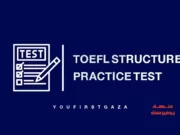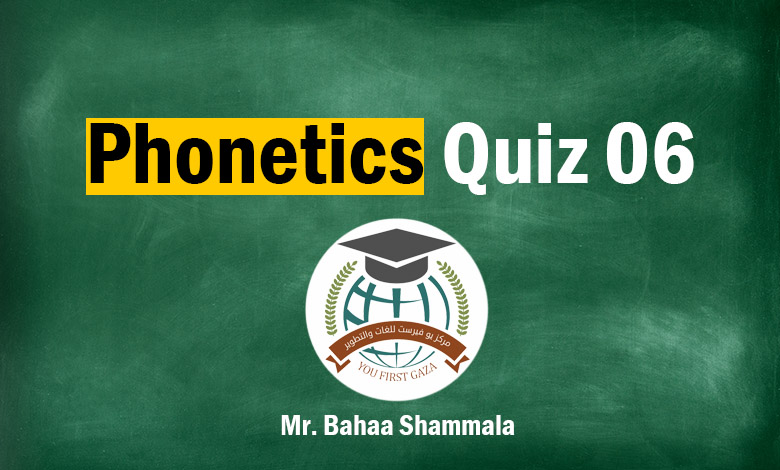#1. Students are exposed to meaningful inputs such as (audio-visual and tapes).
#2. Language is viewed as rule acquisition, not a habit, and instruction is often individualized.
Cognitive Approach
It is referred to as the study of mental processes such as (thinking, reasoning, perception, and problem-solving.)
Students are responsible for their learning.
Language is viewed as rule acquisition, not a habit, and instruction is often individualized.
#3. The meaning should be connected directly with the native language without translation.
Direct Approach
Almost all lessons are begun with dialogues and conversational style.
Pictures and actions are used to make meaning clear.
Teachers should be native-like proficient.
The meaning should be connected directly with the native language without translation.
Grammar is taught using the inductive method.
#4. The teacher is a counselor and facilitator and should be proficient in the target language and students’ native language.
Affective –Humanistic Approach
Learning a foreign language is a process of self-realization experience.
Language is a process of communication.
The class atmosphere view is more important than materials or methods.
The teacher is a counselor and facilitator and should be proficient in the target language and students’
native language.
Students work in pairs or small groups. Respect for individuals is important and emphasized.
#5. Language learning should come first with understanding and later proceed to production.
Comprehension -Based Approach
It gives importance to listening comprehension.
Language learning should come first with understanding and later proceed to production.
It is similar to how students acquire their mother language.
Students are exposed to meaningful inputs such as (audio-visual and tapes).
Learning language spontaneously through listening.
Results
Perfect, you did it!









































